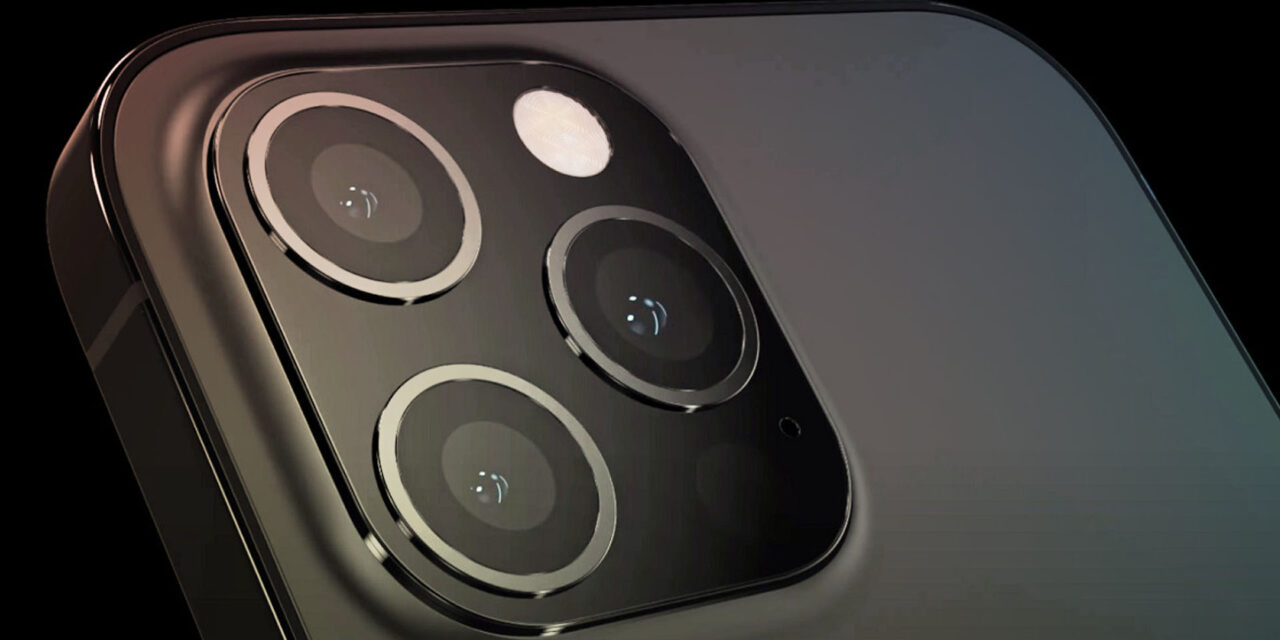
Netflix is elevating your audio experience with higher bitrates “to give you a cinematic experience at home”, with up to 768 kb/s audio bitrate available on devices Apple TV 4K and other streamers which support 5.1 surround sound.
Netflix today announced it had flipped on higher-quality audio for customers who own devices that support 5.1 surround sound or Dolby Atmos.
A Netflix-capable device with either Dolby Atmos support or a connection to an audio system supporting 5.1 surround sound is required to stream high-quality audio.
Depending on your device and bandwidth capabilities, the bitrate you receive may vary:
- 5.1: From 192 kbps (good) up to 640 kbps
- Dolby Atmos: From 448 kbps up to 768 kbps
Over time, these bitrates will evolve as Netflix gets more efficient with its encoding techniques. The company also published a post with an in-depth technical look at how it implemented improved audio quality.c
In late 2017, we were reviewing ‘Stranger Things 2’ with the Duffer brothers in a living room environment so they could understand how viewers would experience it. At one point in the first episode, there was a car chase scene that didn’t sound as crisp as it did on the mixing stage.
We immediately got our sound expert involved, spun up the engineering teams and were determined to make it right, no matter how much effort it was going to take.
Fortunately, we were able to address the problem for ‘Stranger Things 2’ by delivering a higher bitrate for the audio, and since then have been working diligently to roll out improved audio more broadly.
Here’s exactly what Netflix means by “studio quality” sound:
If you’ve ever been in a professional recording studio, you’ve probably noted the difference in how things sound. One reason for that is the files used in mastering sessions are 24-bit 48 kHz with a bitrate of around 1 Mbps per channel. Studio mixes are uncompressed, which is why we consider them to be the ‘master’ version.
Noteworthy, these masters have higher audio resolution than CDs.
Our high-quality sound feature is not lossless, but it is perceptually transparent. That means that while the audio is compressed, it is indistinguishable from the original source.
Really? Any science to back up that claim?
Based on internal listening tests, listening test results provided by Dolby, and scientific studies, we determined that for Dolby Digital Plus at and above 640 kbps, the audio coding quality is perceptually transparent.
Beyond that, we would be sending you files that have a higher bitrate (and take up more bandwidth) without bringing any additional value to the listening experience.
OK, you’ve convinced me.
In addition to deciding 640 kbps — a 10:1 compression ratio when compared to a 24-bit 5.1 channel studio master — was the perceptually transparent threshold for audio, we set up a bitrate ladder for 5.1-channel audio ranging from 192 up to 640 kbps.
This ranges from ‘good’ audio to ‘transparent’ — there aren’t any bad audio experiences when you stream. At the same time, we revisited our Dolby Atmos bitrates and increased the highest offering to 768 kbps. We expect these bitrates to evolve over time as we get more efficient with our encoding techniques.
Both Dolby Atmos and 5.1 surround sound are supported by the Apple TV 4K set-top box. The fine print: you’ll need a Netflix Premium subscription to enjoy improved Dolby Atmos audio.
Improved audio quality is available on most titles that include 5.1 surround sound or Dolby Atmos, as denoted by the icons next to their description.
The company notes that not every episode or season of a TV show that supports 5.1 surround or Dolby Atmos will have these higher-quality audio available. “Additionally, not every TV show or movie supports 5.1 surround or Dolby Atmos in every language,” reads the FAQ.






Recent Comments